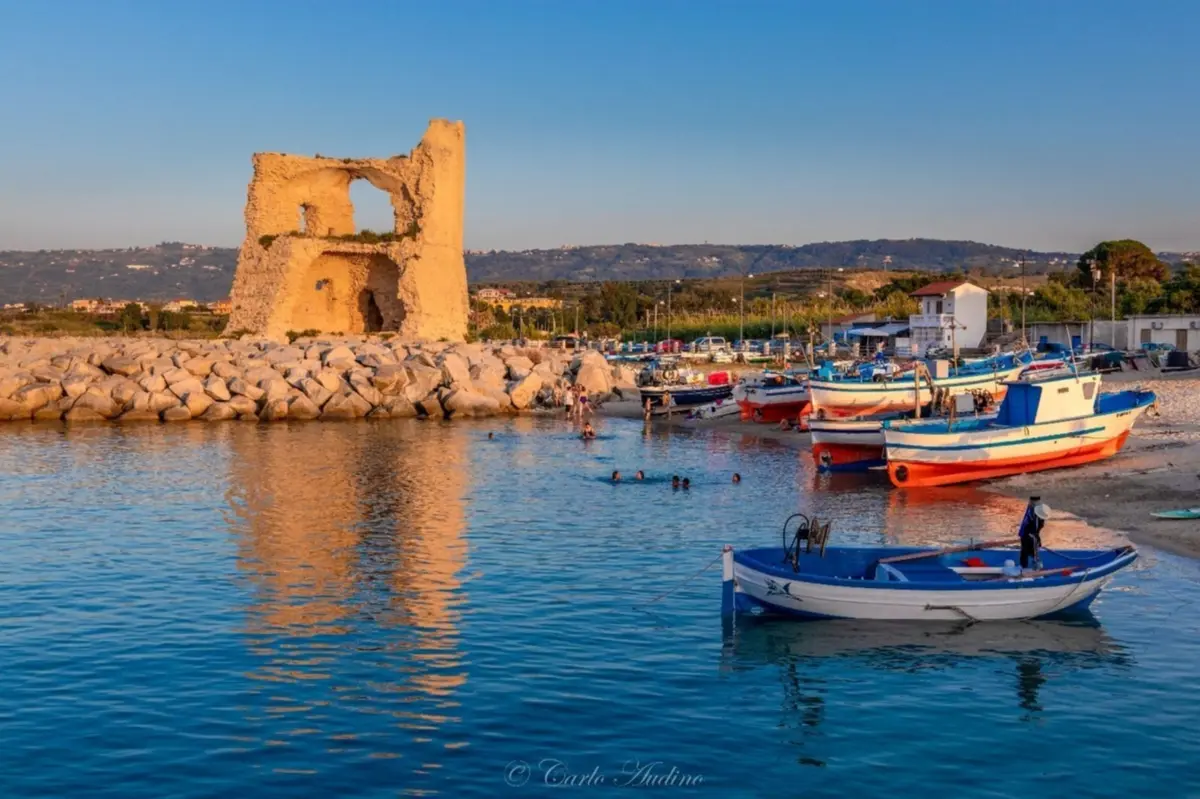Ricadi
Ricadi, the beaches favoured by the gods

Sea
Spiaggia di Grotticelle, Ricadi - Regione Calabria
Nestled at the foot of Mount Poro and nestled in the ‘Costa degli Dei’ Regional Marine Park, in the province of Vibo Valentia, Ricadi is among the most popular seaside destinations in Calabria.
The Santa Maria di Ricadi Beach, the Grotticelle Beach and the Riaci Bay are among the ‘musts’ for sea lovers, along with a number of archaeological sites in the area, first and foremost the Marrana Tower of Ricadi, a marvellous viewpoint that is part of the Saracen coastal watchtower system in Calabria.
Archaeology and contemporary arts come together at its feet in two particular circumstances: in summer, during the ‘Theatre Sightings’ festival, and during the customary Christmas Markets.
What to see in Ricadi? Two places above all represent the soul of the town: the MuRi and Casa Berto.
The first is the acronym for the Municipality of Ricadi's Civic Museum, a network of five different exhibition centres spread across the territory; the other is the House-Museum of the writer and playwright Giuseppe Berto, who retired here to live and work and now hosts the important summer literary event ‘’Summer at Casa Berto‘’.
In the popular seaside resort of Capo Vaticano, it is also possible to visit the evocative Garden of the Gods, a public park that can be visited free of charge and consists of shrubs and aromatic plants endemic to the Mediterranean. Ricadi's beaches are the pride of the area: in addition to those already mentioned, there are also Formicoli in La Ficara.
Useful information
What to know about Ricadi
Where to Sleep
There are 405 available accommodations.
Places
There are 8 places to visit.
Travel Ideas
There are 22 travel ideas.
Infopoint Ricadi
Ricadi
No result







